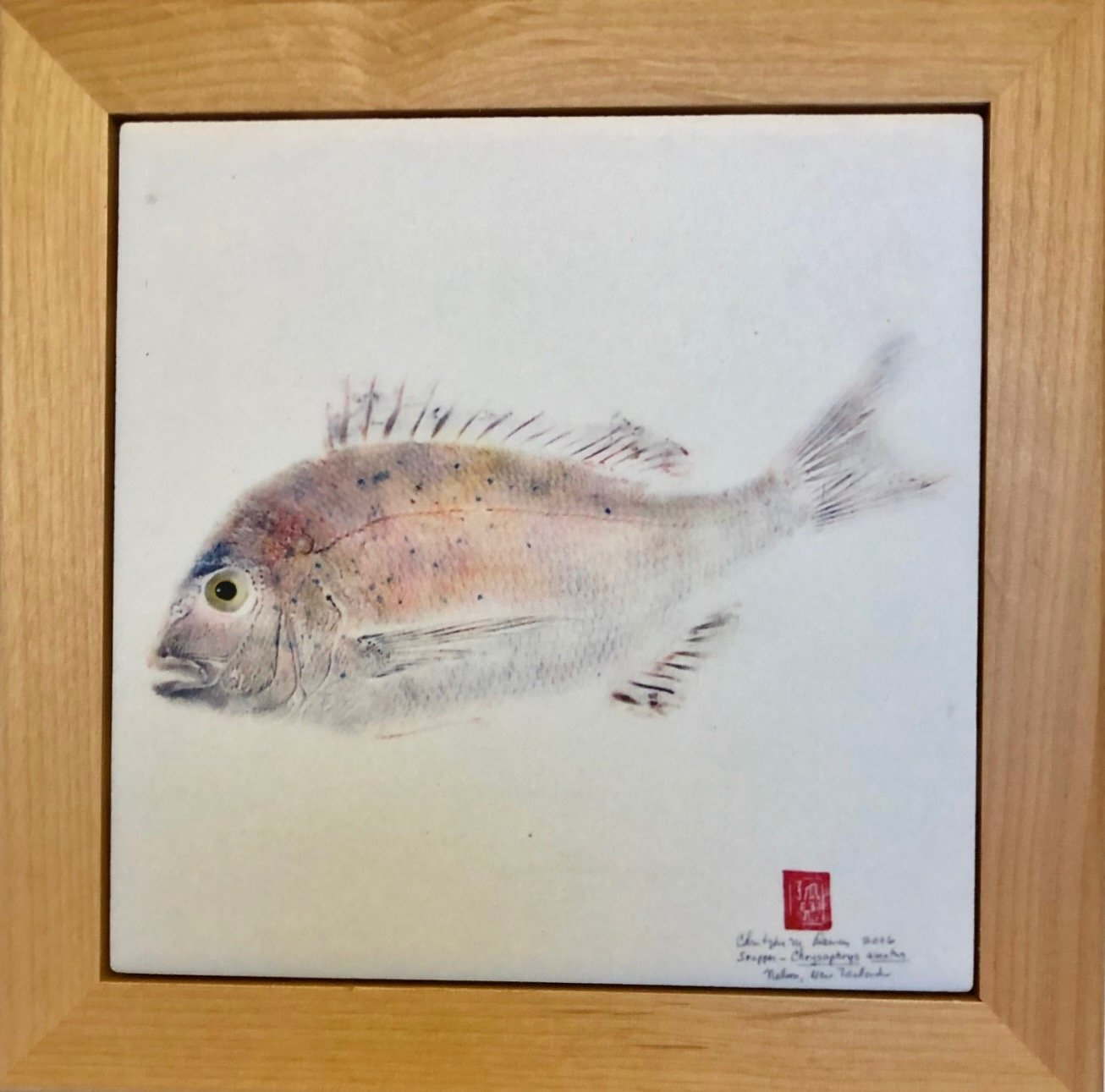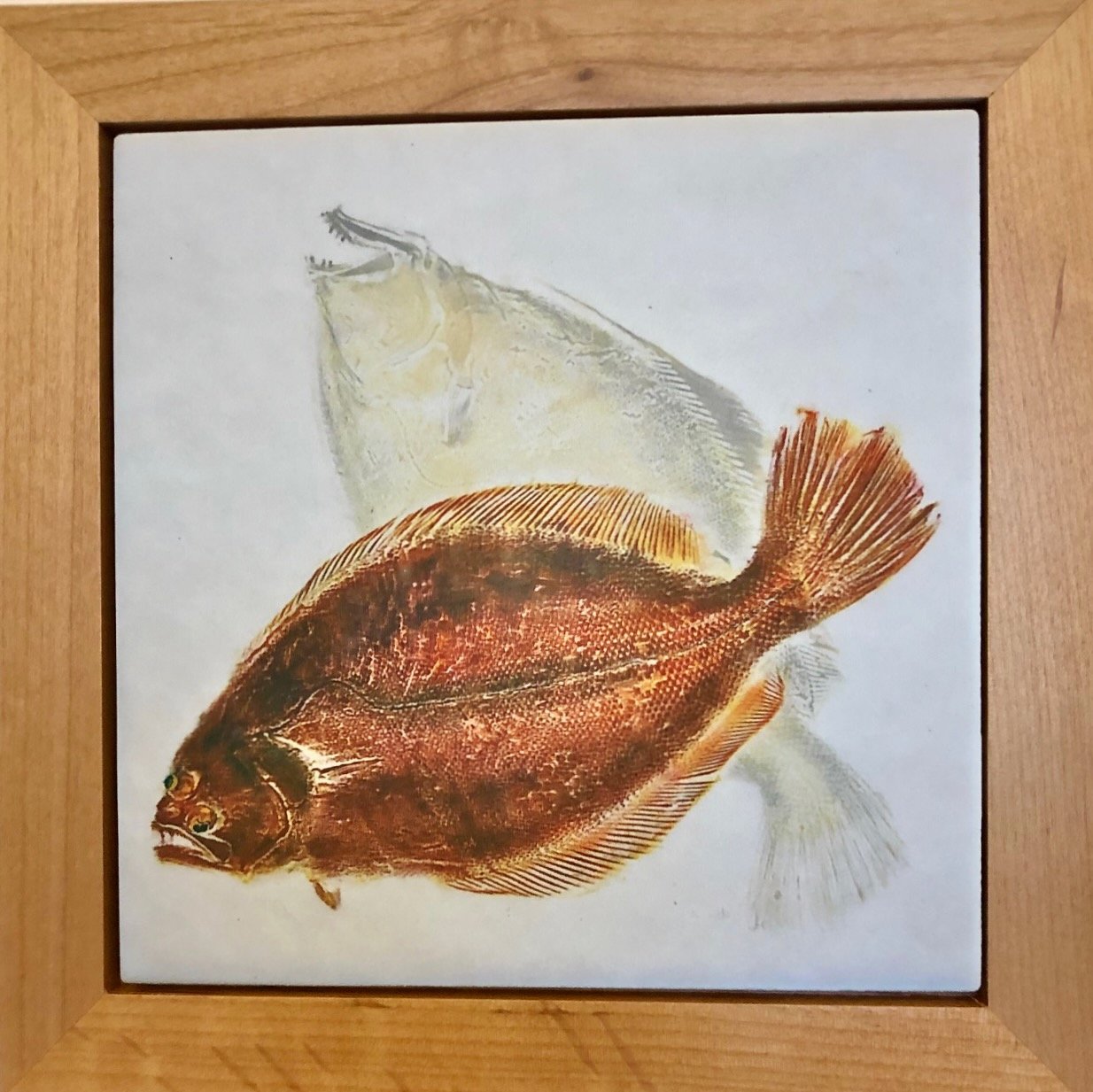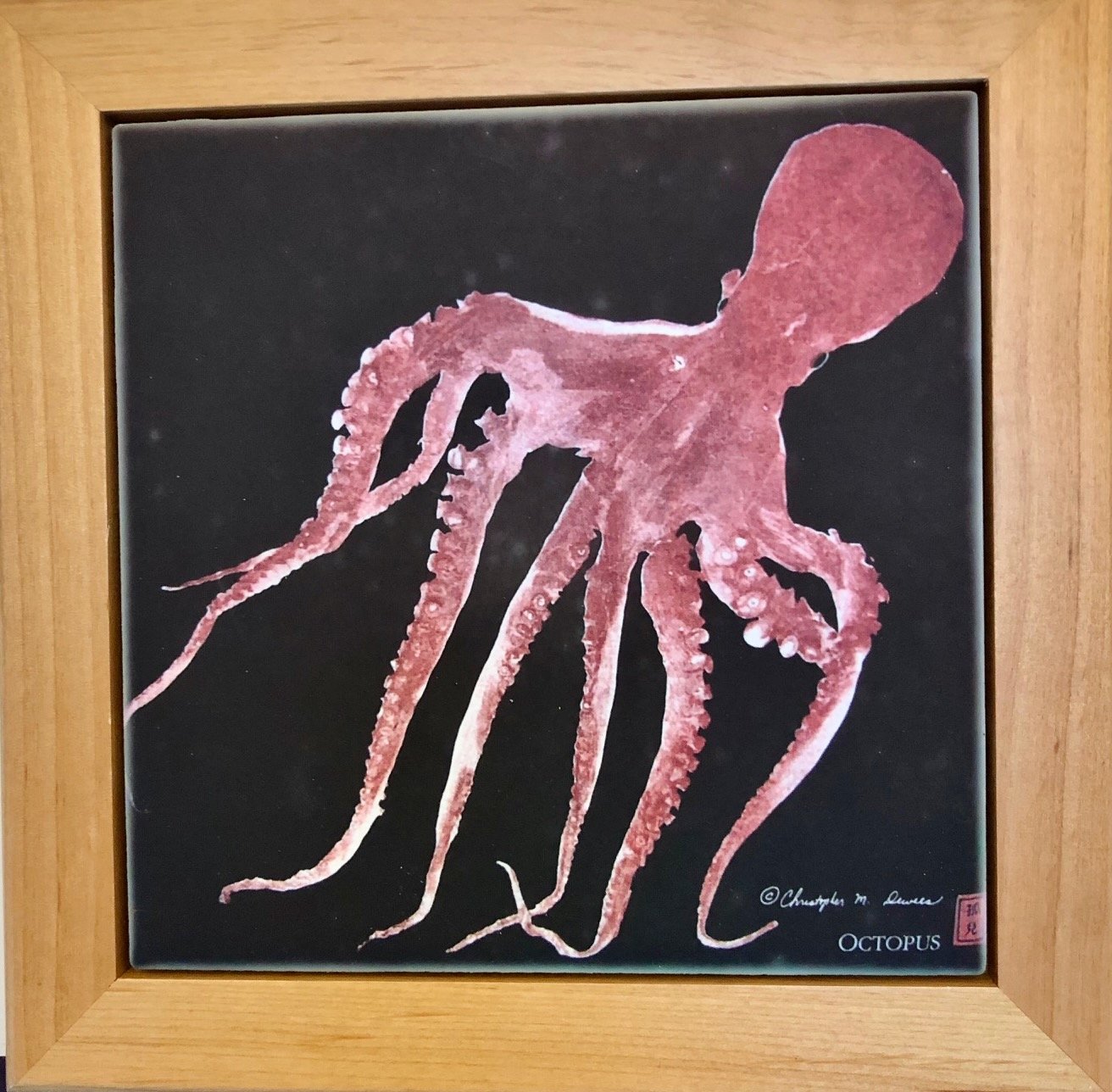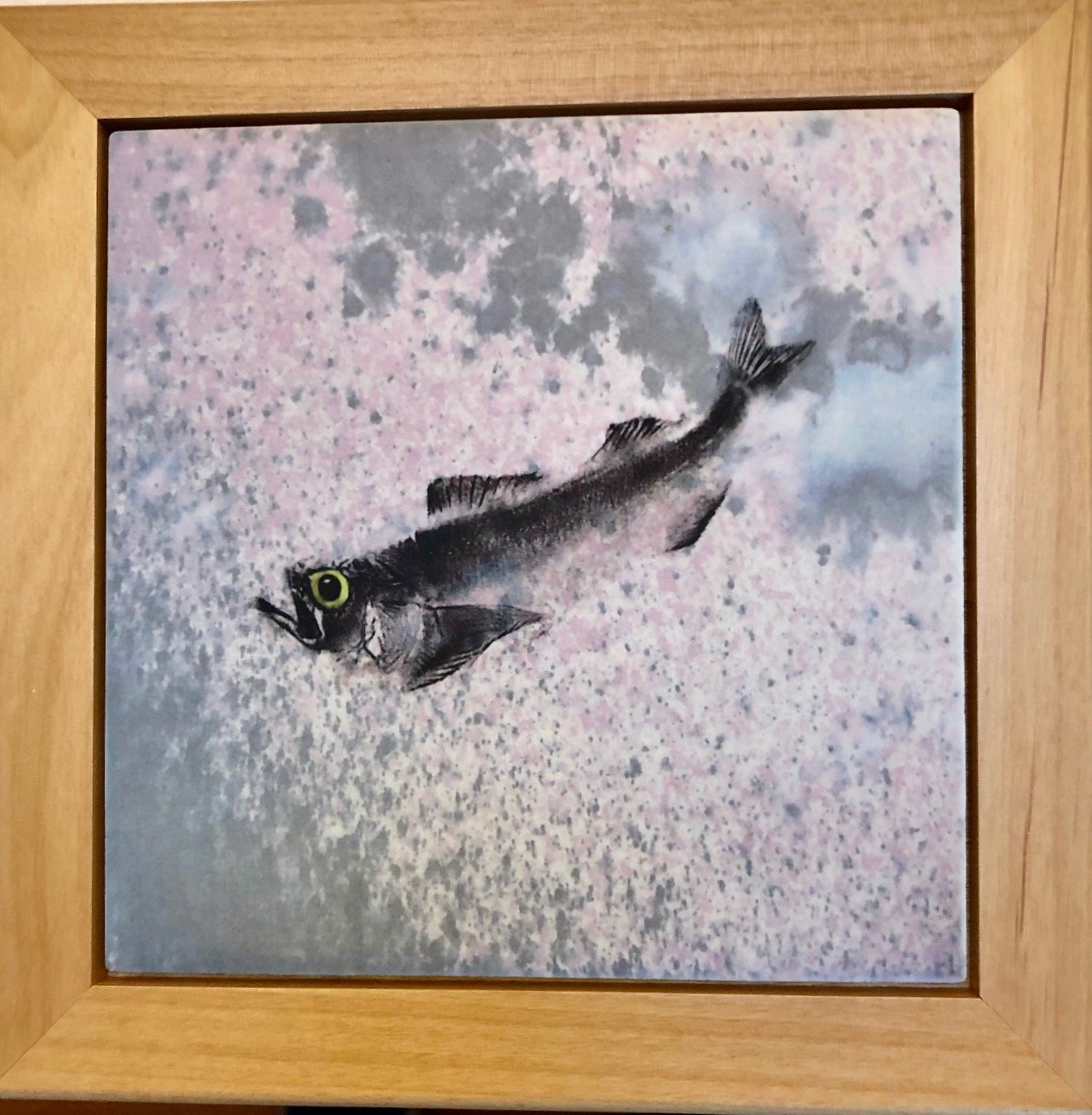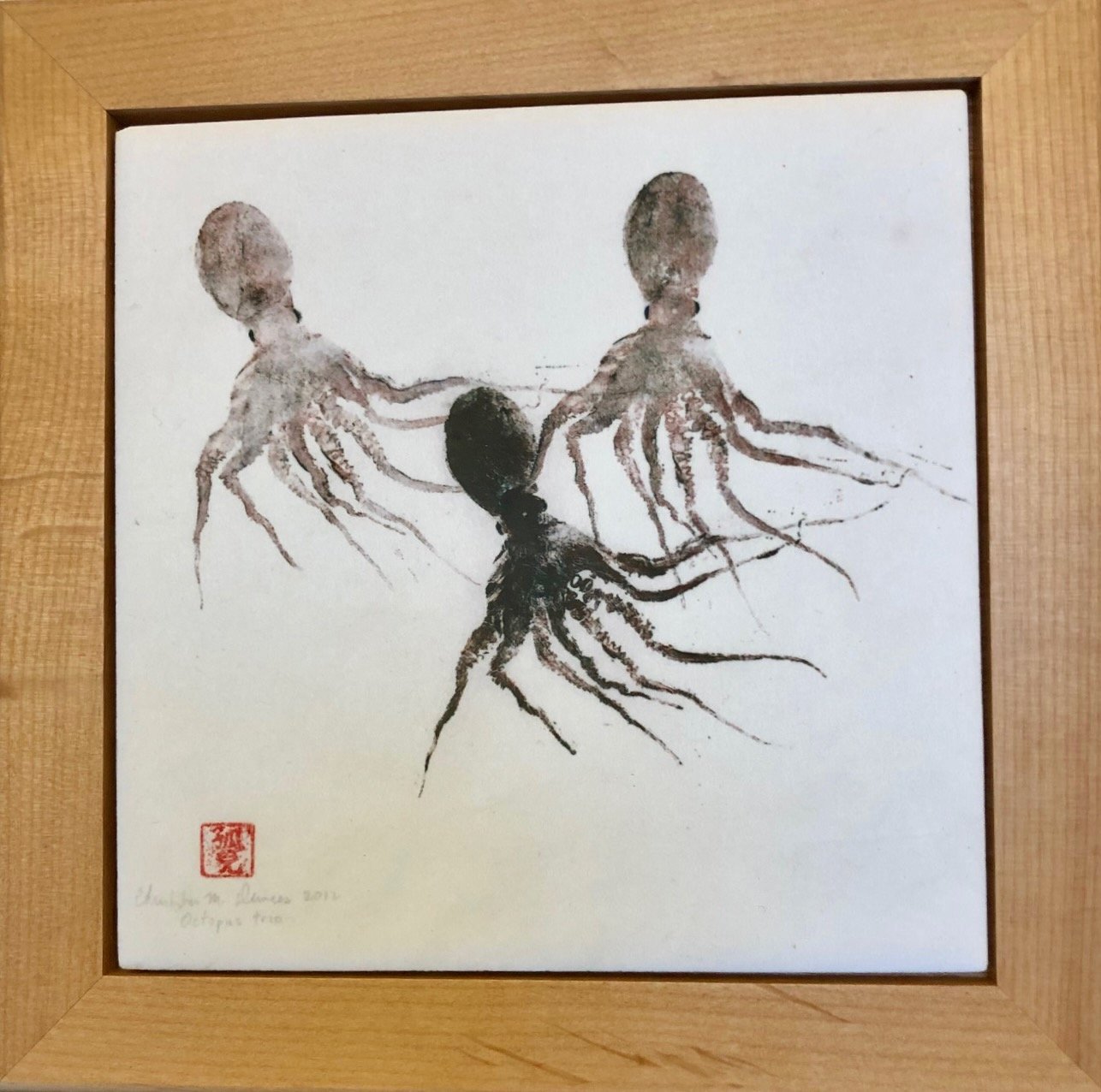Christopher Dewees
Gyotaku, or Japanese fish printing.
I was first introduced to the specialized medium of fish printing (gyotaku) by Tom Sharp in 1968 when we were graduate students in fisheries biology at Humboldt State University. Tom had seen a demonstration and we spent much of our free time exploring fish printing methods and materials with fellow fisheries students. This served as an excellent diversion from our studies as well as a way to earn a few dollars to pay the rent selling prints at fish festivals and in shopping malls! I then had the opportunity to print a variety of fish in Chile during our two years of Peace Corps service.
Since then I have continued to pursue my understanding of the printing process as well as the fish and fisheries themselves. I earned a Ph.D. in Ecology at U.C. Davis. I worked as the marine fisheries specialist at Davis 1972-2007 where I serve as a link between the University of California and the state's commercial and recreational fishing industries. My research focus is on marine fisheries management. My job, as well as my passion for recreational fishing, brings me in contact with a lot of fish to print.
Over the years I’ve developed contacts with other printers. In the mid-1970s, squid and octopus expert Eric Hochberg, Jr., Pennsylvania botanist Robert Little, and I put together the Nature Printing Society. We expected to attract 15 or so people with similar passion for nature printing. Little did we know that the Society would soon grow to over 300 members from around the world with newsletters, exhibitions, and annual workshops.
My gyotaku style is traditional and delicate. I like to emphasize the structure and movement of the fish and shellfish. In recent years I have been doing more indirect printing which allows me gain more control of color and even finer detail. Every type of fish is unique and requires a different approach. In the future, as time allows, I hope to do more experimenting with techniques and composition. Recently, I started to reproduce some of my original monoprints onto ceramic tiles. These tiles can be functional (trivets, coasters, refrigerator magnets) and/or be displayed as stand-alone art pieces.
If you are curious, my han, or "chop" is the Japanese character for "orphan" or "lonely one", which is what the name Dewees means in Dutch.
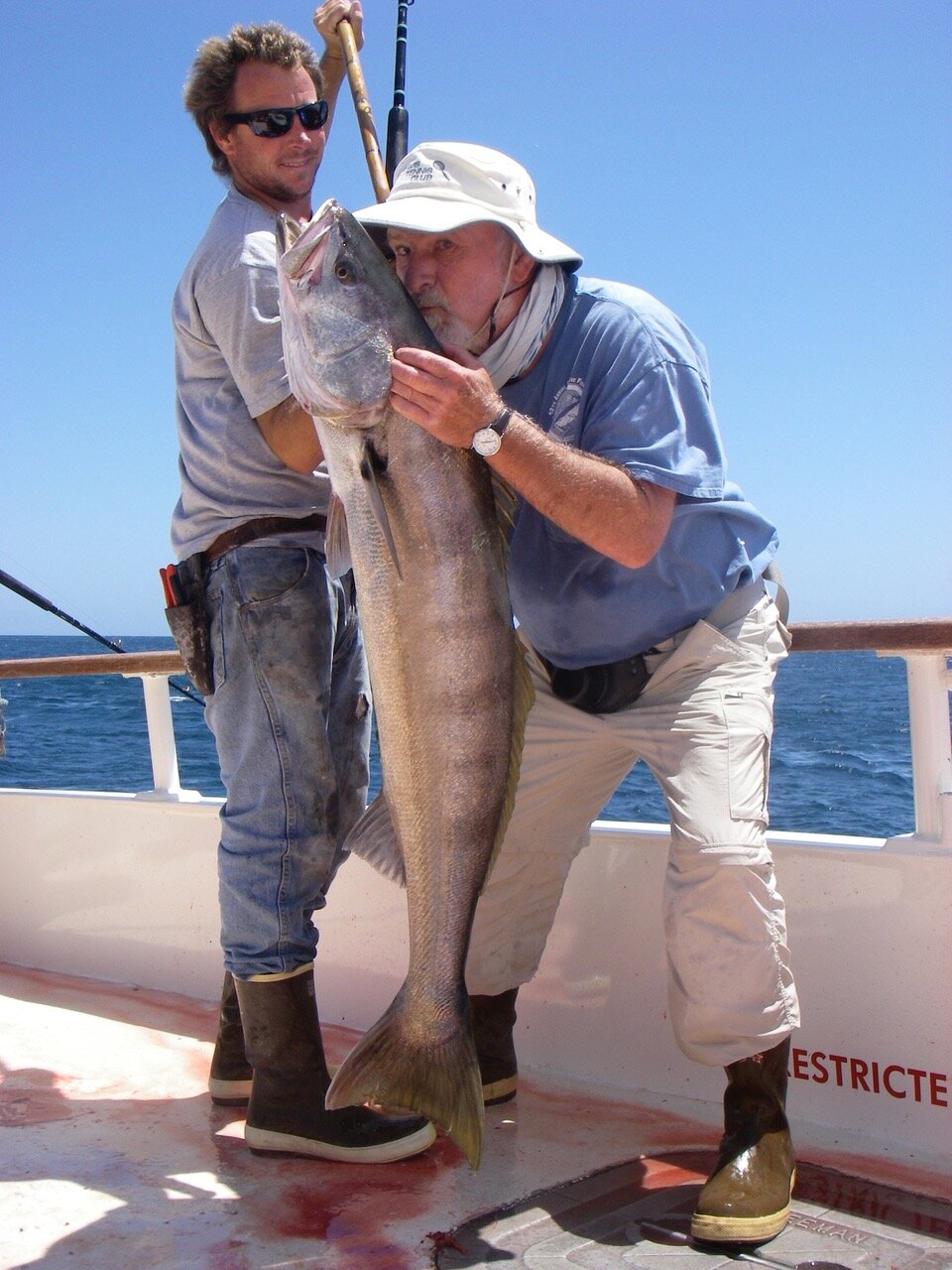
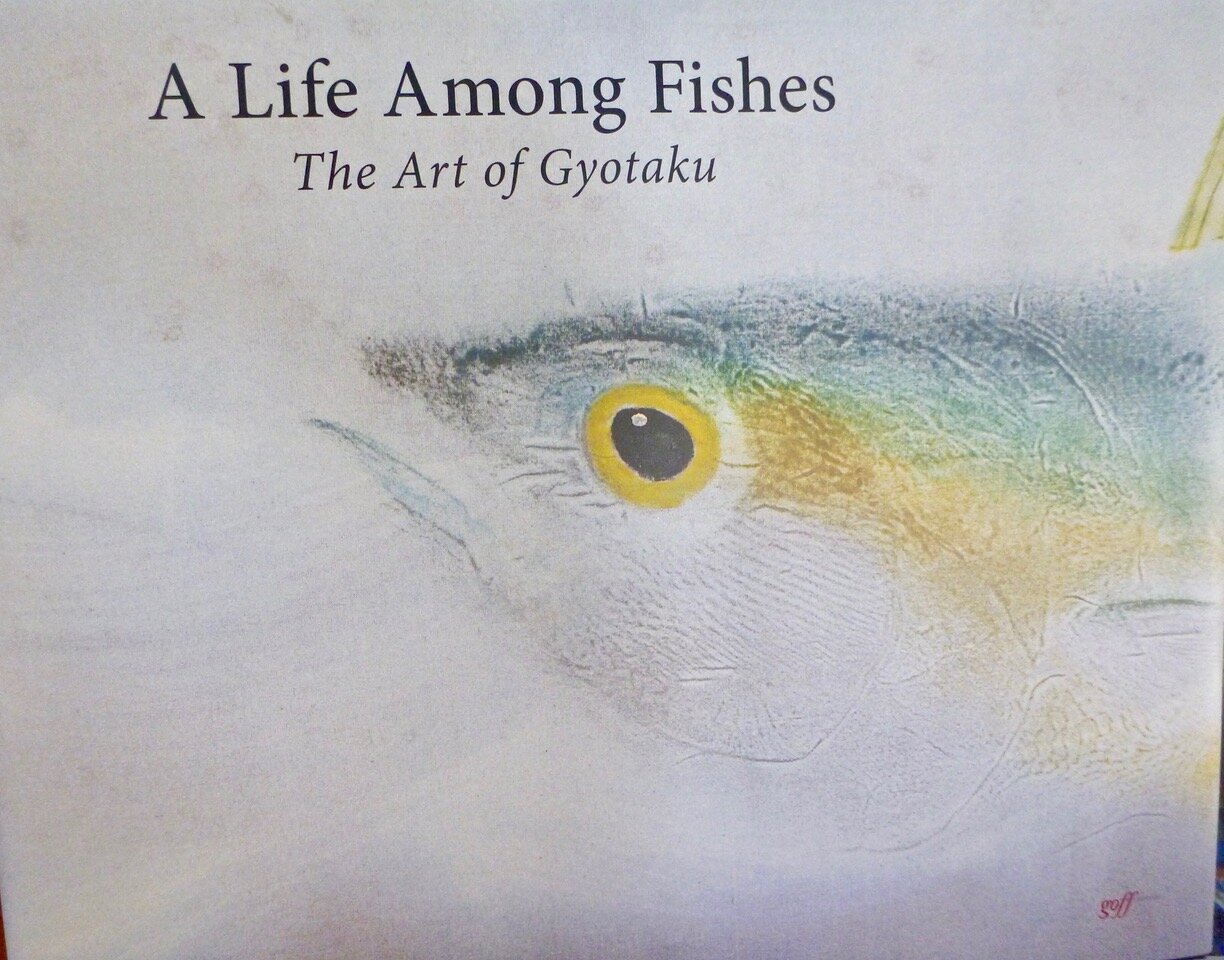

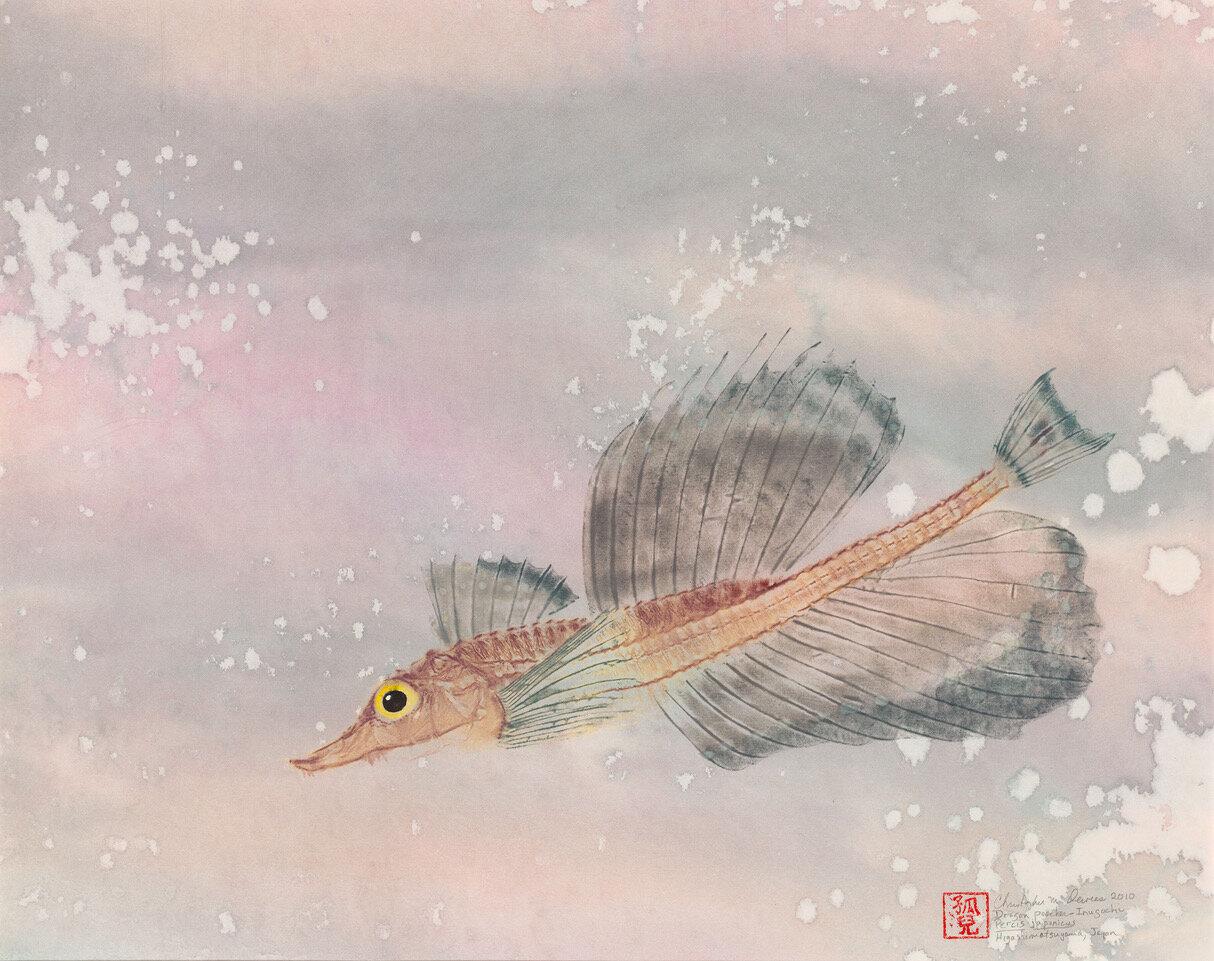
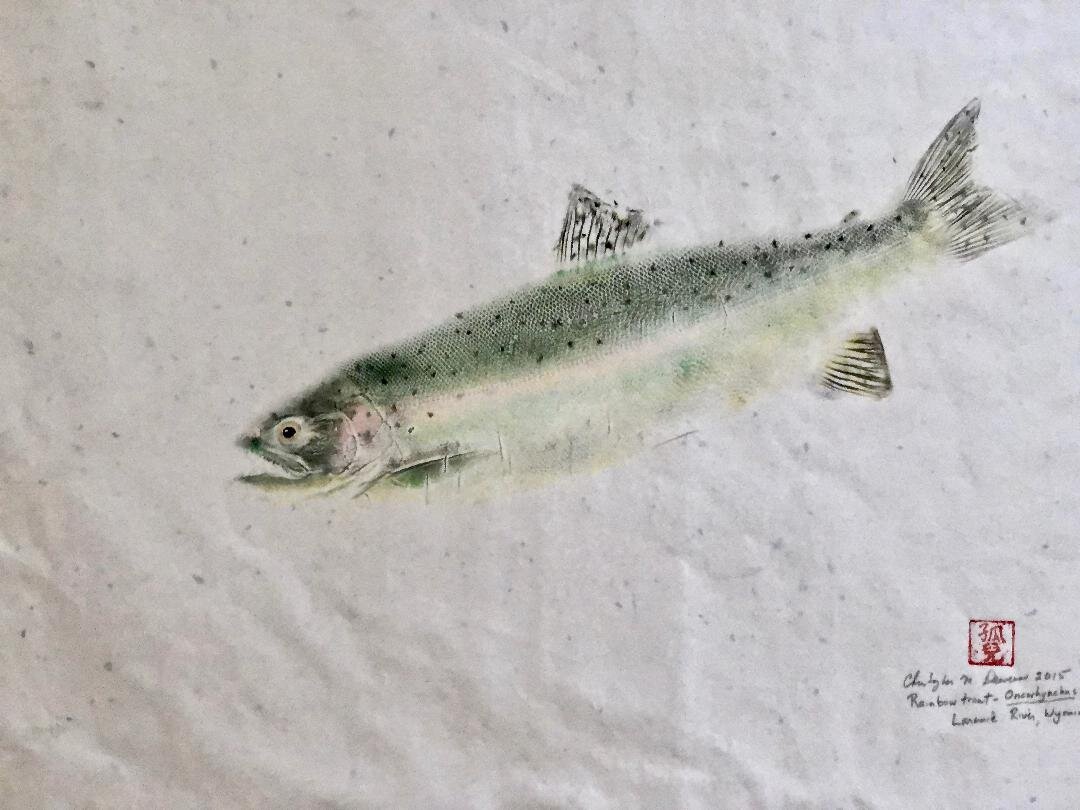

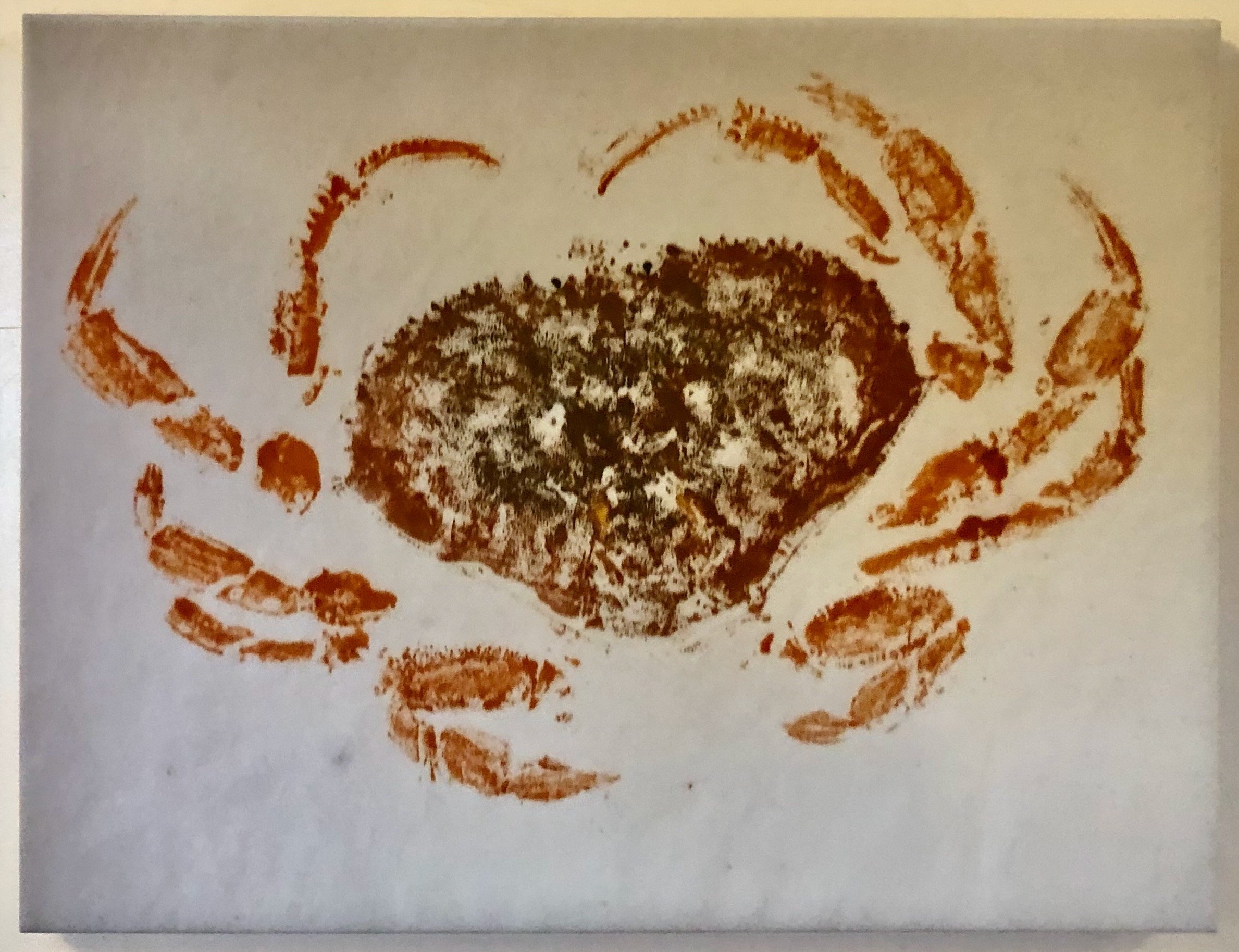



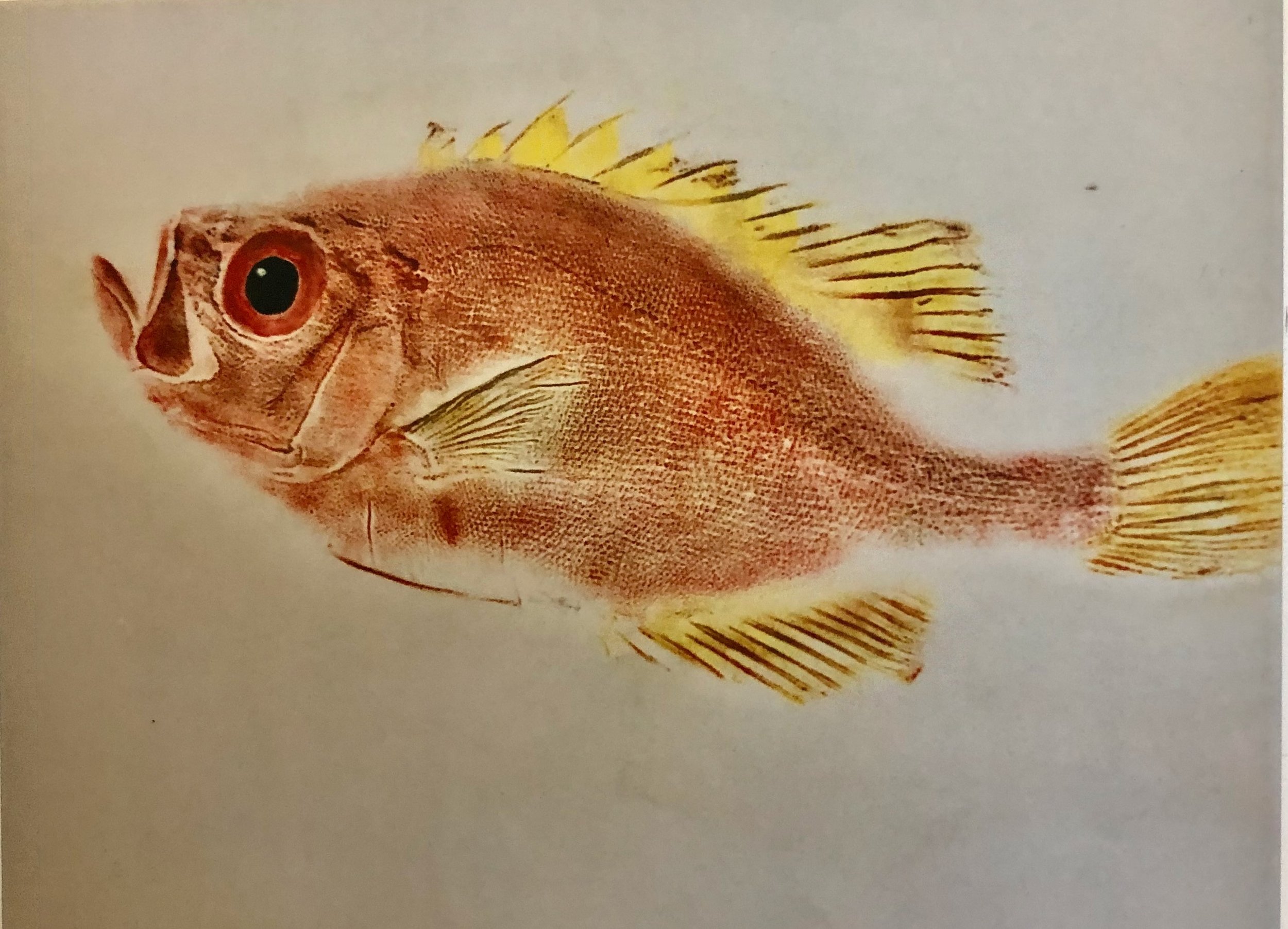
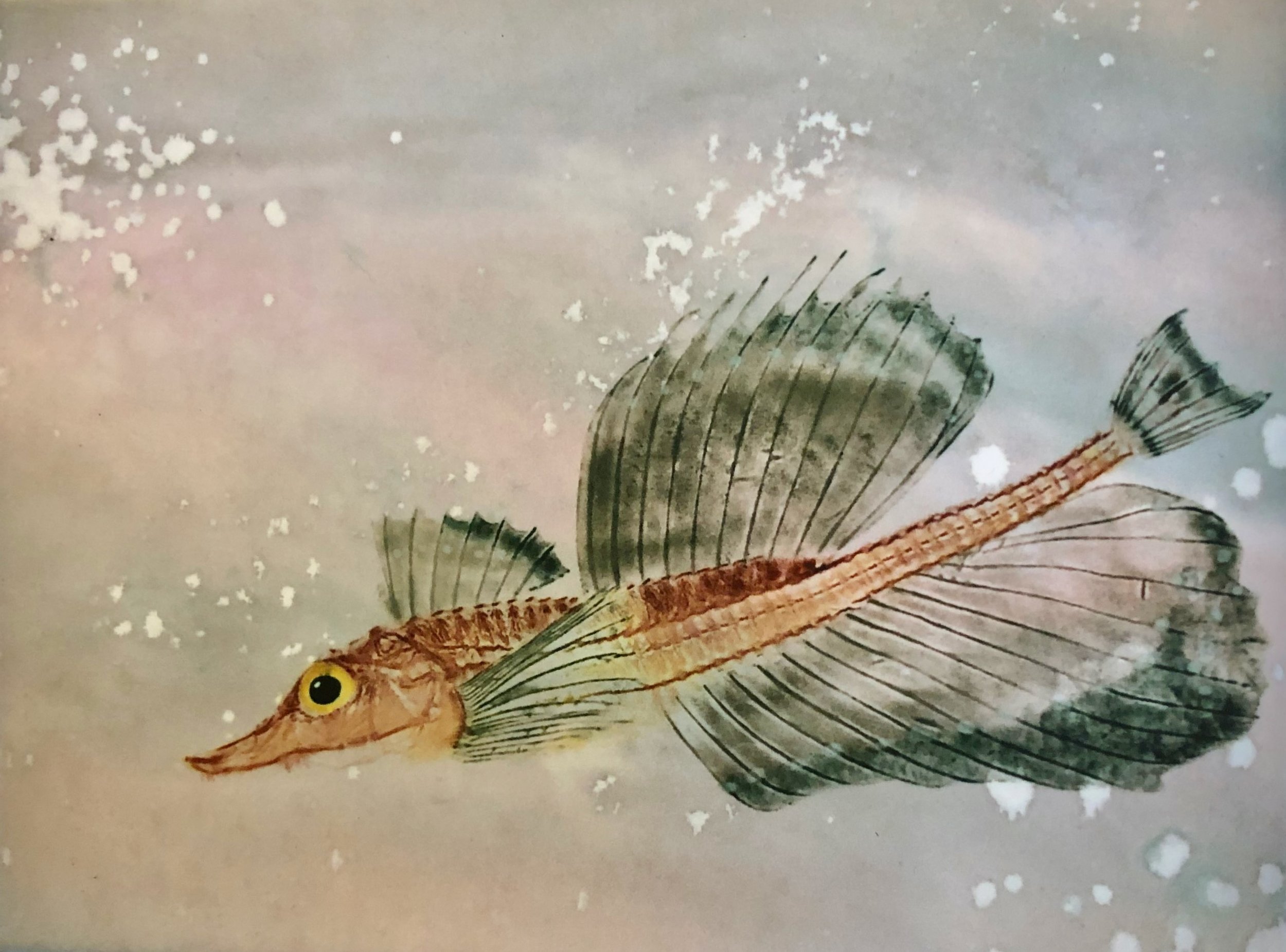
Tiles


